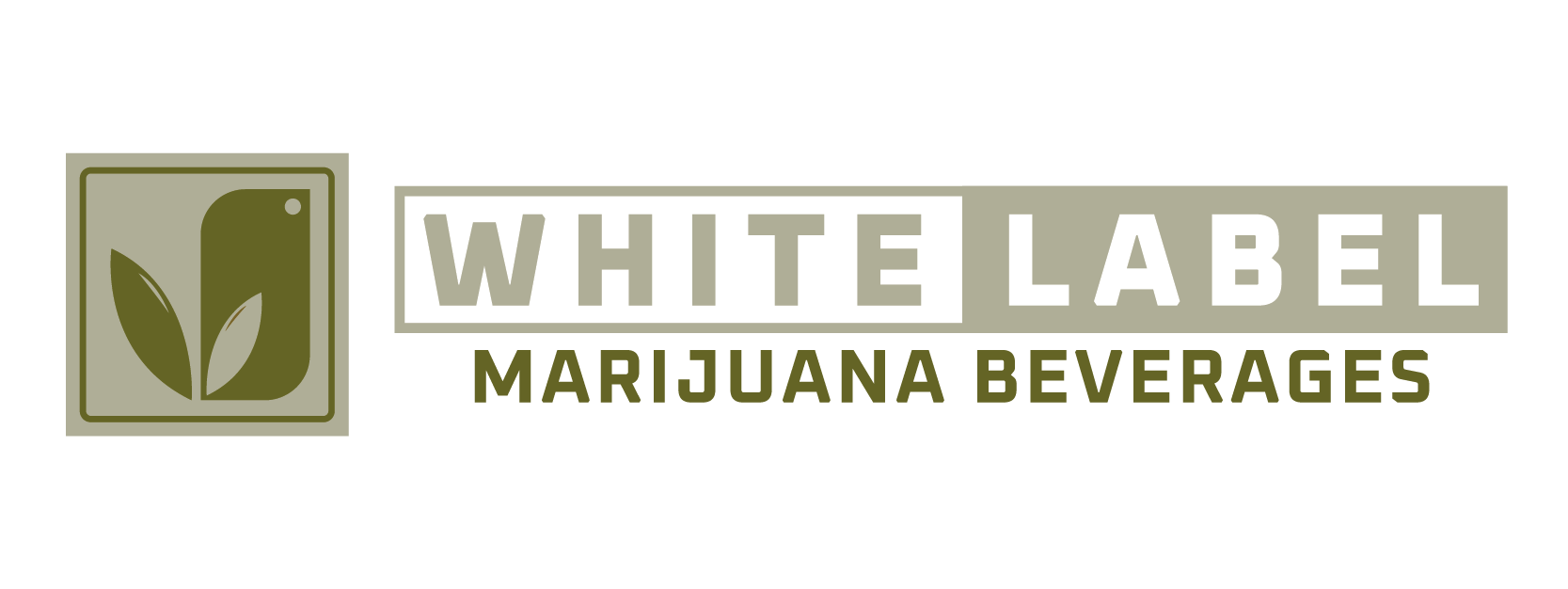U.S. demand for THC beverages is no longer a novelty story; it’s a real category with scale, passing the $1B sales mark in 2024 across regulated and hemp-derived channels. While beverages remain a small slice of dispensary sales (typically ~1–3%), they’re growing faster than many traditional formats and concentrating in a handful of influential states.
Which states are driving demand?
California and Michigan anchor the category simply because they’re two of the largest, most competitive cannabis markets, offering wide brand assortments, aggressive pricing, and dense retail footprints. Michigan’s momentum has been particularly notable: BDSA reports triple-digit year-over-year gains for beverages in Q1 2025 (+112% vs. Q1 2024), outpacing many mature markets. California also posted meaningful beverage growth in 1H 2025 despite broader price compression. Headset’s market tracking underscores both states’ outsized role in total cannabis sales, which gives beverage brands the scale to iterate quickly on flavors, dosage, and packaging.
Illinois continues to act as a bellwether for the Midwest, with BDSA citing a 47% rise in beverage sales (Q1 2025 vs. Q1 2024). Illinois benefits from a large tourism and commuter base in Chicagoland, broader availability of 5–10 mg single-serve SKUs, and a consumer cohort that already embraces “sessionable” alcohol alternatives (seltzers, RTDs), making THC drinks a straightforward trade-up or swap. Ohio, newly adult-use, is ramping quickly as distribution expands, with beverages up 79% in the same period.
On the East Coast, Massachusetts remains a steady engine thanks to deep product variety and established adult-use tourism, while Maryland—live for adult-use since mid-2023—shows strong early adoption (+35% beverage growth, Q1 2025 vs. Q1 2024) as retail matures and consumers seek lower-calorie, social alternatives to edibles and alcohol.
Two important caveats shape the map. First, some mature Western markets—Arizona, Colorado, Nevada, Oregon—saw beverage declines in 2024–2025, reflecting fierce price competition and shifting basket mix toward vapes and value flower; growth isn’t linear everywhere. Second, beverage demand is increasingly influenced by hemp-derived THC availability in alcohol retail and on-premise venues in states without adult-use dispensaries. Minnesota and Wisconsin, for example, have active on-tap and bar-channel programs, broadening consumer trial and normalizing the form factor well beyond dispensary walls. That dynamic is likely to funnel curious consumers into regulated channels as legalization spreads.
Why these states?
Retail density and access. Michigan dramatically outperforms on per-capita sales and store density versus California, making discovery easier and pushing more frequent, smaller baskets—conditions that favor single-serve drinks.
Cross-category familiarity. States with vibrant RTD alcohol cultures (Illinois, Massachusetts) convert consumers faster because the format (12–16 oz cans, fruit-forward profiles, 2–10 mg dosing) feels familiar—Headset’s category lens shows beverages gaining from that “occasion fit,” even if share of total cannabis remains modest today.
Tourism and social occasions. California, Massachusetts, Maryland (D.C. tourists), and Illinois benefit from urban nightlife and summer events where consumers want a “social high” without smoke or a heavy edible. That mirrors MJBizDaily’s observation of on-premise hemp drinks flowing from taps—an on-ramp to THC beverages as a lifestyle choice.
Regulatory tailwinds. New adult-use launches (Ohio, Maryland) and enforcement clean-ups (New York) reshape shopper behavior—when legal channels strengthen, beverages hitch a ride with overall market gains. While New York’s beverage share is still emerging, the state’s rapid growth toward a $1B market creates runway for brands to scale once cold-chain logistics and convenience formats expand.
Headwinds to watch
Not every market will rise simultaneously. BDSA flags declines in Arizona, Colorado, Nevada, and Oregon—a reminder that beverages compete head-to-head with sharp price moves in gummies and vapes. Execution matters: brands that win in leading states tend to offer clear effects ladders (2–5–10 mg), fast-onset tech, lighter calories, and familiar flavor cues (citrus, berry, ginger), supported by chilled placement and budtender sampling. Category share may still hover around 1–3% in many markets today, but the growth curve, on-premise experimentation, and cross-shop with alcohol suggest an expanding role in 2025–2026.
